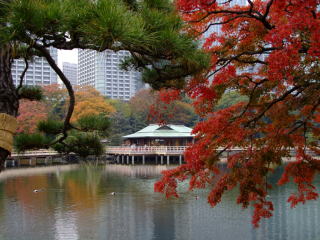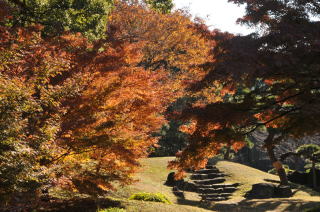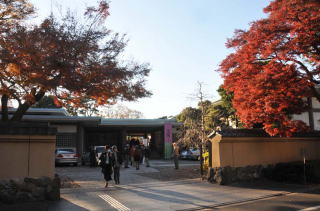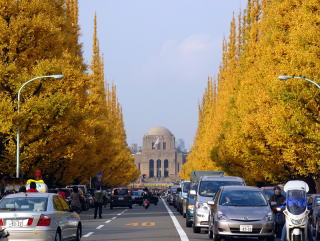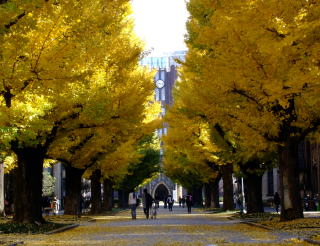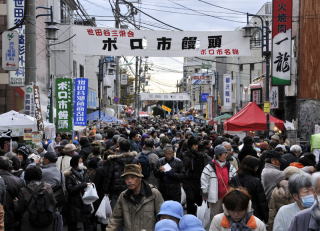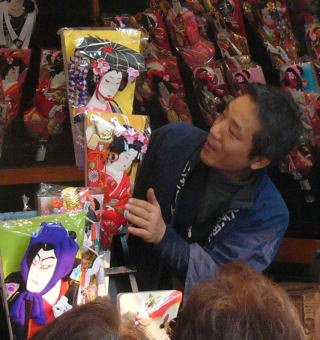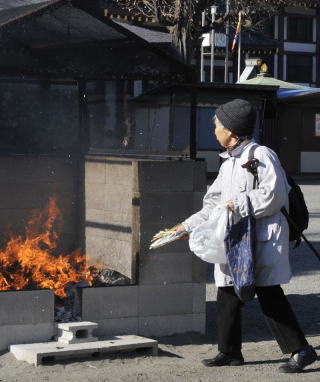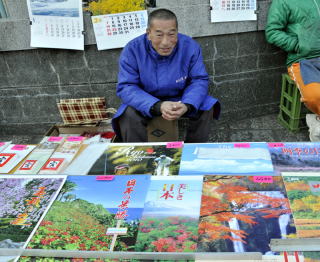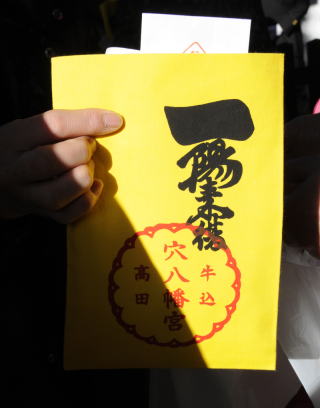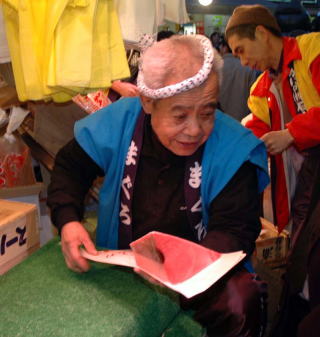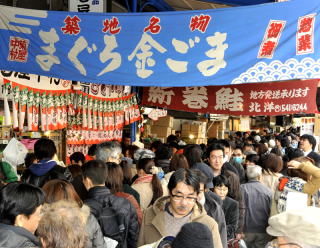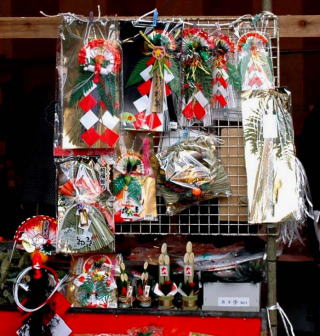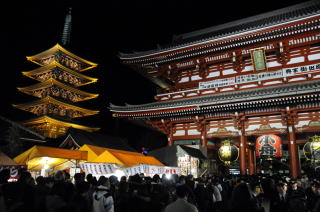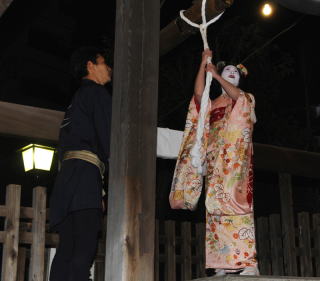| TOKYO NATIONAL MUSEUM GARDEN (Late November to Early Deccember) The museum garden, located behind Honkan (main building, Japanese Gallery), adds rich seasonal colors to Tokyo National Musuem. It is open to the public during the cherry blossom season in spring and in the autumn. The five historic teahouses within the garden can be booked for tea ceremonies and other events. Time: 10 a.m.-4 p.m. Venue: The Garden Where to enter: The garden "Yurinoki" 2. Between the Honkan and the Heiseikan Admission: Free with regular museum admission fee Cafe: MOTOYA EXPRESS Notes: The garden will be closed at times of bad weather. It may also be closed due to conditions caused by the weather. Please check for notices at the main gate. URL: http://www.tnm.jp/?lang=en Access: Ueno Station Koen Exit on JR Yamanote Line Address: 13-9 Ueno Park, Taito-ku, Tokyo Telephone: 03-5405-8686 (Hello Dial) |
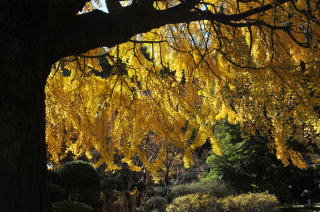 |
|
| more photos |

